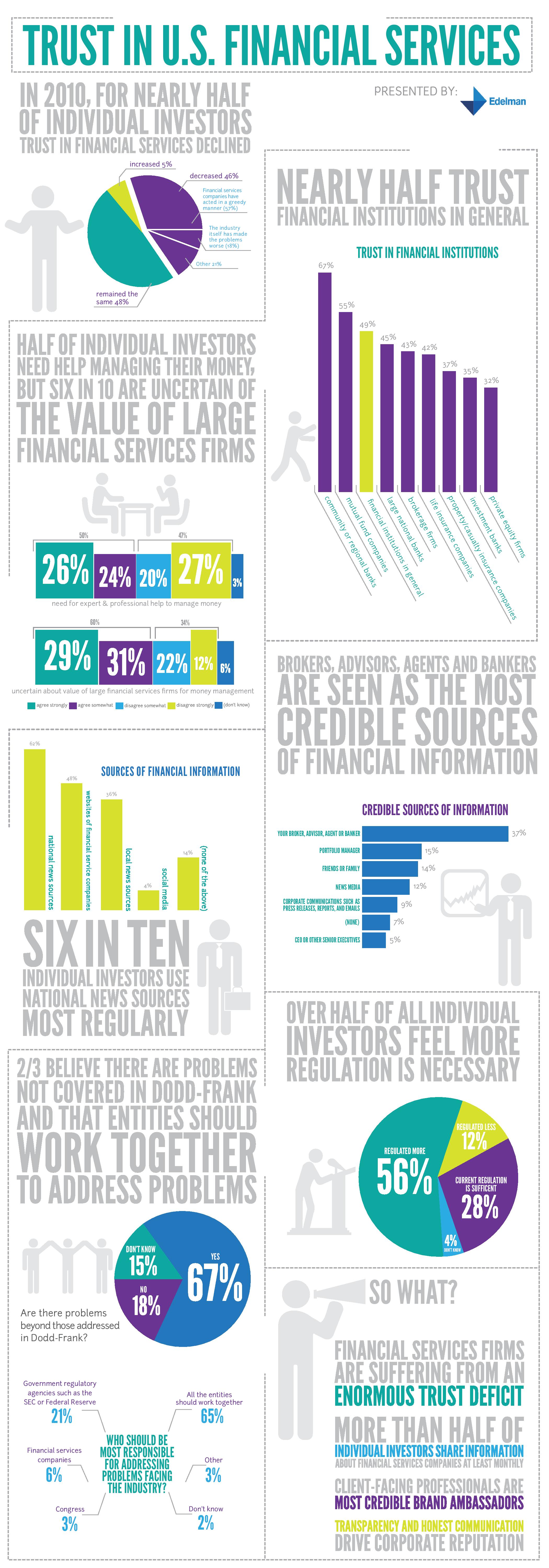Profit From Subdivision Bonds In Property To Open Up A Domain Of Regulative Conformity And Framework Commitments
Profit From Subdivision Bonds In Property To Open Up A Domain Of Regulative Conformity And Framework Commitments
Blog Article
Developed By-Rosales Kristoffersen
When it pertains to browsing the complexities of the real estate sector, comprehending the ins and outs of class bonds is key. From ensuring compliance with neighborhood policies to satisfying facilities commitments, these bonds hold substantial importance in development tasks. But just what are the complex details behind subdivision bonds and exactly how do they impact different stakeholders in the property sector? Allow's uncover click the up coming internet site that can help you make informed decisions and effectively browse the world of neighborhood bonds in real estate.
Objective of Subdivision Bonds
Comprehending the purpose of neighborhood bonds is vital for real estate programmers aiming to follow local guidelines and make certain financial duty. These bonds act as a type of guarantee to local districts that the necessary framework renovations will certainly be completed by the designer.
By uploading a community bond, you're essentially promising to complete the required public improvements, such as roads, sidewalks, and utilities, within the defined timeframe.
As a developer, protecting a neighborhood bond shows your commitment to meeting your responsibilities and protecting the area's rate of interests. It supplies guarantee to the local government that the suggested subdivision won't become a problem on taxpayers if the task is left unfinished. Furthermore, having a community bond in place can improve your online reputation in the sector and build count on with stakeholders.
Types of Neighborhood Bonds
Distinguish between the different types of subdivision bonds to identify which best fits your task's demands. There are three main kinds of community bonds generally used in the property industry: Performance bonds, repayment bonds, and maintenance bonds.
Performance bonds ensure that the developer finishes the class in accordance with the authorized strategies and policies. If https://www.businessinsurance.com/article/20220602/NEWS06/912350324/Arch-does-not-have-to-pay-$318-million-bond-Arch-Insurance-Co-v-The-Graphic-B falls short to do so, the bond will cover the prices to end up the task. Payment bonds assure that all subcontractors and vendors are paid for their deal with the neighborhood. If the developer defaults on repayments, this bond gives financial protection to those celebrations. Upkeep bonds, on the other hand, make sure that the developer keeps the subdivision facilities for a specific period after conclusion. This bond covers any kind of fixings or upkeep called for throughout that time.
Comprehending the differences in between these kinds of neighborhood bonds is essential in picking the most appropriate one for your details job demands. Each type serves an unique function and provides different types of defense, so it's important to examine your project's demands carefully prior to deciding.
Demands for Neighborhood Bonds
To guarantee conformity with policies, designers looking for class bonds need to satisfy particular needs set by regulatory authorities. These needs are critical for the successful issuance of class bonds. Below are the crucial requirements you require to accomplish:
- ** Financial Stability **: You need to demonstrate economic security and the capacity to cover the costs associated with the neighborhood project.
- ** Experience and Record **: Having previous experience in property growth and a favorable record can raise your chances of qualifying for a class bond.
- ** Conformity with Zoning Laws **: Making sure that your subdivision intends straighten with local zoning regulations and laws is vital for bond authorization.
- ** Environmental Effect Evaluation **: Sometimes, you might require to carry out an ecological impact assessment to examine the job's effects on the setting and address any type of worries.
Meeting these requirements is vital for getting a subdivision bond and progressing with your real estate development job.
Conclusion
Since you comprehend the significance of subdivision bonds in the property sector, keep in mind that they resemble a safety net for both developers and neighborhoods.
Similar to a safety harness keeps a tightrope walker safe, neighborhood bonds guarantee that projects are completed responsibly and in compliance with guidelines.
By choosing the appropriate bond and meeting all needs, you can navigate the property landscape with confidence and peace of mind.
